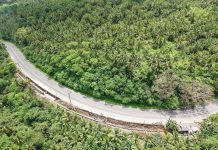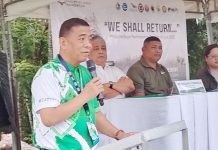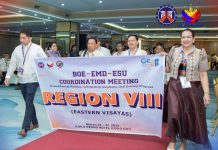TACLOBAN CITY – All municipalities in Eastern Visayas are now listed as beneficiaries of the P4.2 billion National Community-Driven Development Program (NCDDP), a three-year period anti-poverty initiative prioritizing economically-depressed and typhoon-stricken areas.The new program, jointly funded by the Asian Development Bank and the World Bank, will kick off on June for a six-month social preparation and planning activities, said Gerardo Peñeda, Department of Social Welfare and Development regional infrastructure engineer for NCDDP. Of the P4.2 billion funding, P2.30 billion will be allocated for the first year and P960.62 million each for the second year and third year. “This project covers all towns in the region for three years. However, the implementation in 21 municipalities is only up to one year as immediate response after Yolanda,” Peñeda said. The 21 areas are Albuera, Carigara, Dagami, Dulag, Hilongos, Isabel, Jaro, Kananga, Matalom, Palo, Palompon, Tolosa, Tunga, and Villaba, all in Leyte; Laoang and Mondragon in Northern Samar; Basey and Paranas in Samar; Hinunangan, Hinundayan, and Sogod in Southern Leyte. Listed as NCDDP beneficiaries are 4th to 6th class towns with poverty incidence above the national average of 26.5%, based on the 2009 small-area estimates of the National Statistical Coordination Board. Even if a town has a higher income classification, the areas are considered as NCDDP priority if poverty incidence is 40% or higher. “We also cover areas affected by Yolanda within an NCDDP province regardless if there are many or few poor families,” Peñeda said. The new program scales up community-driven development strategy employed in carrying out the Kapit-Bisig Laban sa Kahirapan – Comprehensive Integrated Delivery of Social Services (Kalahi-CIDSS). The three-year program involves five community empowerment activity cycles – social preparation, planning, implementation, monitoring and evaluation, and transition. Projects include water system, school buildings, health stations, day care centers, electrification, foot bridges, pathways, access roads, community production, common service facilities, harvest facilities, irrigation systems, flood control system, sea walls, artificial reef sanctuaries, soil protection, and skills training and capability building.
(SARWELL Q.MENIANO)



